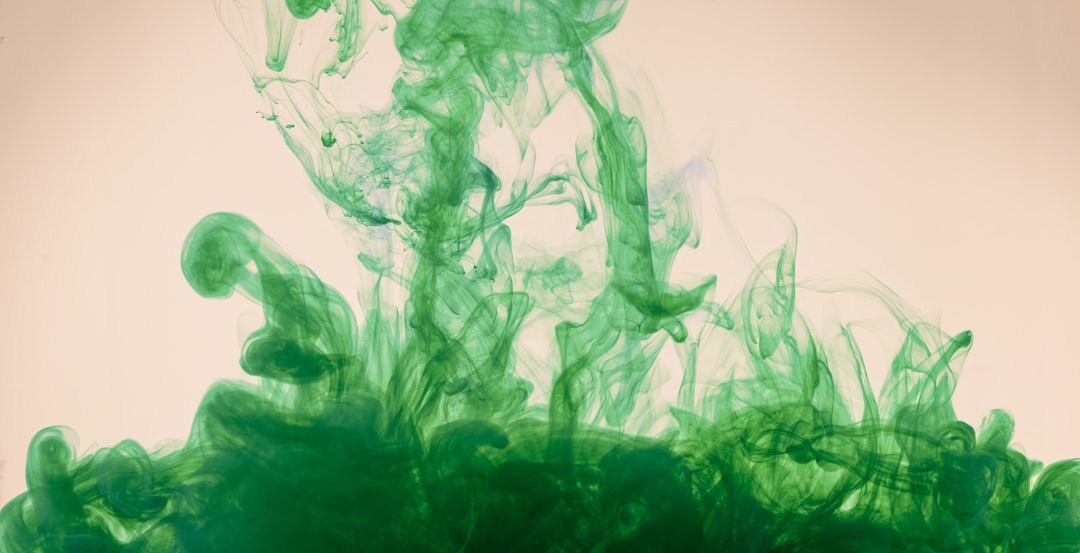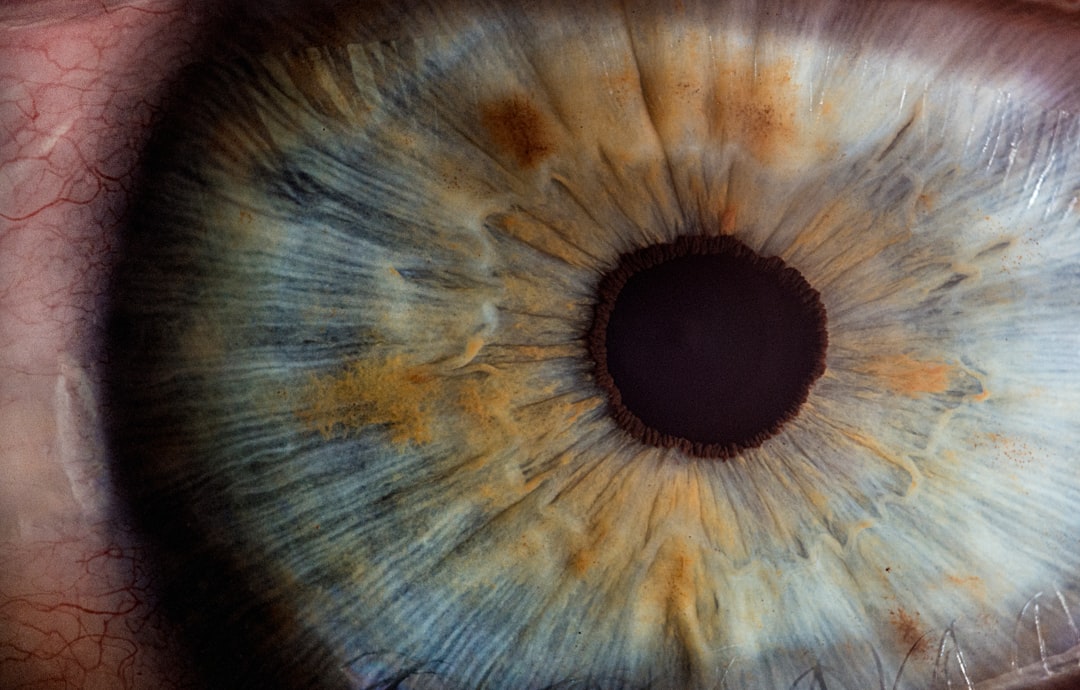What is it about?
Glasses help some children's strabismus (squint) more than others. Our laboratory studied the eye responses to blur and binocular visual cues to approaching pictures. We were able to identify characteristic responses to these cues which fitted different clinical diagnoses. Children whose squints responded best to glasses used blur cues more than those that did not.
Featured Image
Why is it important?
This study helps explain why glasses help some children's squint more than others. Children with "accommodative" squints respond to blur cues more than most children (who respond to binocular disparity cues).
Read the Original
This page is a summary of: Accommodation and Vergence Response Gains to Different Near Cues Characterize Specific Esotropias, Strabismus, August 2013, Taylor & Francis,
DOI: 10.3109/09273972.2013.811601.
You can read the full text:
Contributors
The following have contributed to this page










